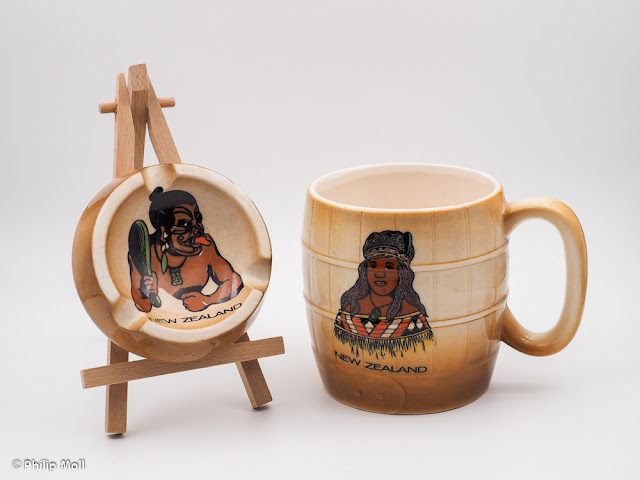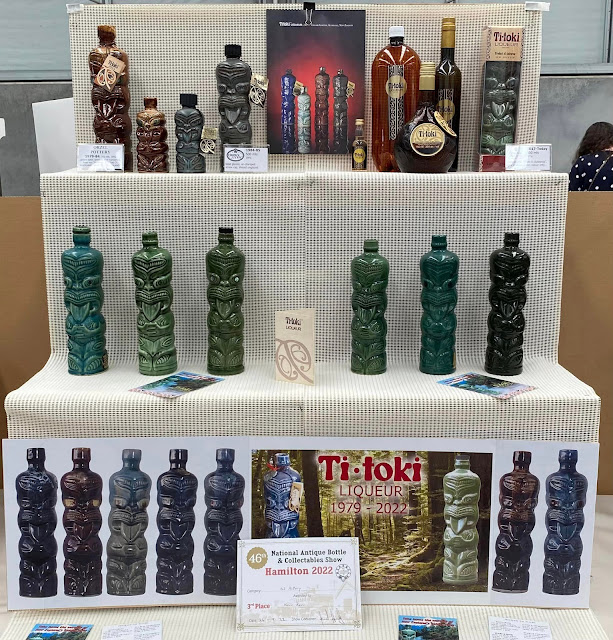Gallery of Glazes - Crackle Lustre
.jpg)
The Bubble Glaze PV.113 - Green, Blue, Purple Crackle Lustre Crackle glaze was an accidental discovery by Cameron Brown in the late 1950s. A crackle agent was added to the glaze or applied directly to the warmed semi-matt vase. It makes the glaze crawl and crack. The thicker the crackle agent applied, the bigger the crazing. When it had ‘crackled’ enough it would be ready to go into the kiln. There are two types of crackle glazes. One is finished with a high-gloss lustre glaze, whilst the other is left as it is with the cracked surface such as leather and lace glazes. T.103 and V.110 - green crackle lustre Crackle Lustre comes in three colours - Green, Blue and Purple on a white slip body. Though all crackle lustres are hard to come by, blue is considered the rarest. To me, crackle lustre gives the impression of coloured soapy sud bubbles that have landed and popped against a beautiful array of vases. V.117, BNB.306, and an unmarked *Clam Shell vase - purple crackle lust...

